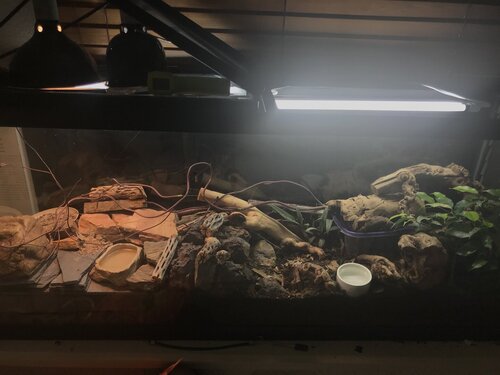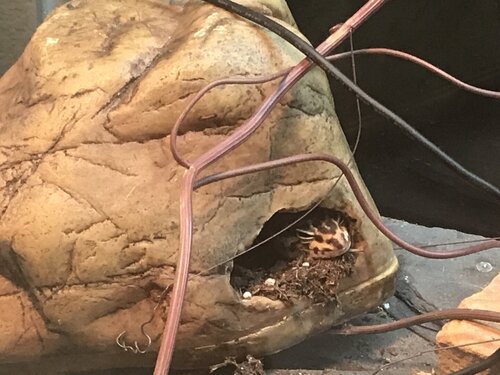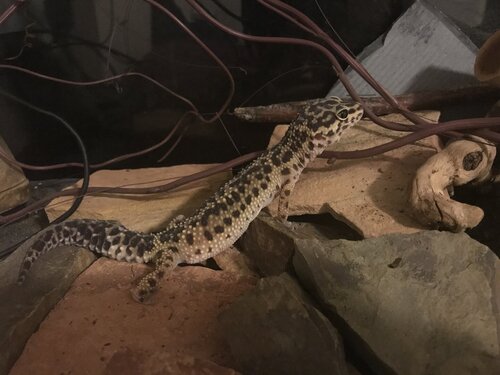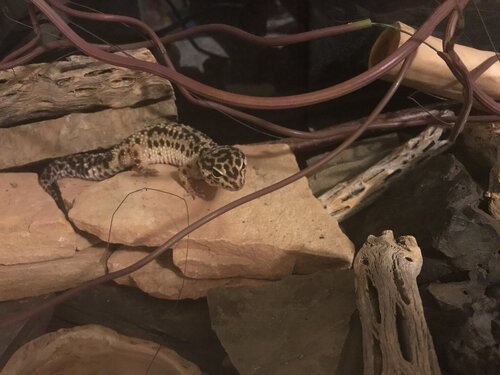Gryllidae Per Kcal
Established Member
@kinyonga Dusting supplements also get groomed off quickly and my gecko can get iffy about her food and wait a little bit before eating them. A feeder insect can't groom off gut contents so I believe using a proven gutloading diet and dusting together rather than choosing one is very beneficial.










